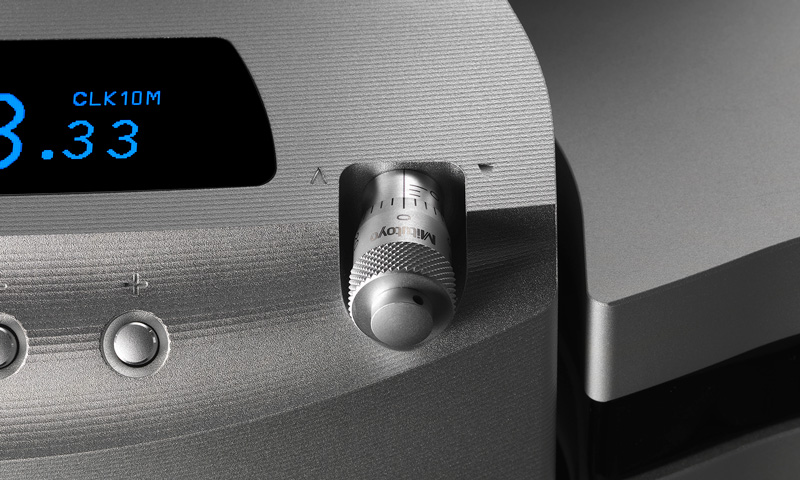the plinth/bearing/platter assembly has zero connection to the motor/power supply. it is passive completely. the motor box has everything switchable and connectable. so there is no measuring going on the platter it self. it's a mechanical (standing off through magnetic force) connection only. FWIW the CS Port plinth is the same other than it uses a belt, not magnetic force, and also has air being pumped in. but nothing wired or measured.
I'm going on an assumption that there are two things spinning here. The magnetic rotor (or whatever is its accepted name) spins and the platter spins, with the former engaging the latter through magnetic force but no physical connection between them. From that alone I don't think it follows that the speed of either is not measured. Not trying to argue with you, just speculation.
It could be that:
a) both rotations are monitored and compared for accuracy, or
b) that neither is monitored or
c) that the magnetic rotor speed alone is monitored.
In the case of a) the platter speed data could be used as data input to control the magnetic rotor.
In the case of b) neither rotor nor platter is controlled, and
in c) the rotor speed alone is controlled.
b) is kinda saying the sytem is fool-proof and makes no mistakes, or at least it isn't checked for speed differential. c) says total confidence in the rotor platter magnetic connection such that if the motor is correct, the platter is correct.
My sense is to believe the a) scenario is in effect, but again speculation.
Of course none of that may be true and something altogether different may be happening.
I believe there is a software, probably running on Linux SOC that is responsible for driving and controlling the motor. Software makes decisions on correction signal depending on the difference between the motor speed and platter speed. For example if platter is stopped, not spinning and 33.3rpm is pressed then software sends aggressive signals to quickly reach 33.3 rpm but if platter is spinning at 33rpm then software doesn't need to take aggressive measures to compensate for 0.3 rpm difference. Those motor control signals can vary in waveform and voltage and there can be infinite combinations. That's the beauty of using a software, it can judge readings from platter and motor and produce appropriate motor control signals depending on the situation. I believe those motor control signals are digitally produced by software then converted to analog and amplified. That certainly doesn't make the turntable in any way digital. I Know OMA K3 uses software to control the motor but apart from that I don't know OMA's implementation either.
I understand and agree. Your sentence that I bolded assumes that platter speed is monitored. What you describe is similar to how the Monaco 2 works where both the measure (166,289/sec) and correction (1000/sec) gradients are much much smaller than your example. (I realize what you wrote is meant only as an example.) In that TT, the monitoring is done through direct platter measurement (, and using a 40 mips computer the motor voltage can be kept to a stable 33-1/3. I described it as using modern digital technology in the service of analog accuracy. That this TT has a computer doesn't bother me a whit; I mention it as a known example for discussion purposes.
Since magnetic coupling is not a physical connection, the pulley and platter are not locked like gears, the existence of slip between them is inevitable. When gap between them increases slippage increases too. Increase in slippage will lead to an increased duration of applied correctional signal. When the gap decreases slippage decreases as well as duration of signal cause platter will reach ordered speed by software more quickly. Shorter the gap higher the magnetic coupling and lower the slippage.
I understand. If that's the case the bottom line is correction/adjustment occurs.
let's see what Fremer's measureing toys tell us in his review. might be world class absolute speed. hope he does it with and without the clock.
He has pretty consistently used the 'platter speed' phone app (no longer available but there are similar) as his measuring toy in his reviews. (And no offense to anyone, it is a fun toy. Most use the gyroscope in a phone and different phones can yield different results.) He takes a screen print of its output and it
looks convincing. (ref.
here,
here, etc.) Maybe now he has a different tool. Yes with and without clock.








